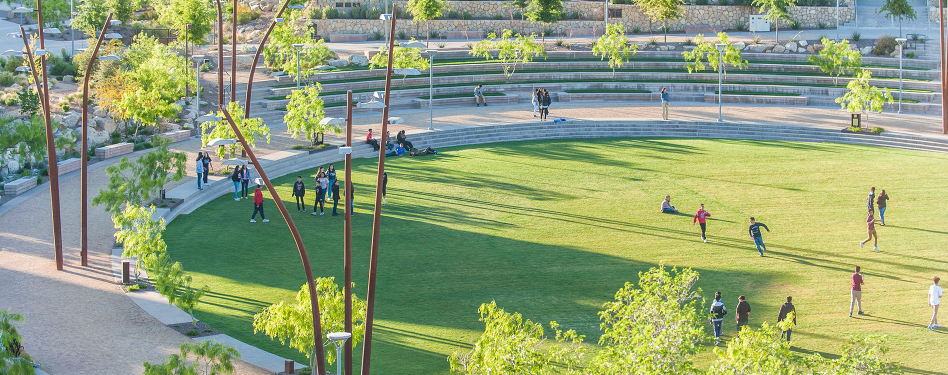
Parks, gardens and other public spaces have tremendous value to the community—they impact where we live, work, play, gather, exercise and learn.
Vitally important to the human experience and the health of our community and the environment, parks and public spaces have become the center of a growing movement to sustainably design and construct outdoor public parks and social infrastructure.
With the SITES v2 Rating System, projects around the globe can use this comprehensive framework to guide them in reaching project goals, such as minimizing water and energy use, addressing urban issues like stormwater runoff and providing high-quality amenities and spaces that encourage exercise, mental respite and social interaction—prioritizing health for their communities.
Take a look at two nontraditional projects, Bartholdi Park at the U.S. Botanic Garden and West Laurel Hill’s Nature Sanctuary and Cemetery. These projects both exemplify how strategies within SITES v2 can be applied to a wide variety of non-building projects.
Want to learn more about the tactics Bartholdi Park and West Laurel Hill used to achieve SITES certification? Check out our SITES project one-pagers below.
Bartholdi Park at the U.S. Botanic Garden
Created in 1932, Bartholdi Park at the U.S. Botanic Garden (USBG) in Washington, D.C., has served as a demonstration garden for more than 80 years. Until 2016, it had not undergone a complete renovation since its original construction. The renovation of Bartholdi Park provided an opportunity to increase accessibility, showcase SITES principles in action, and demonstrate USBG’s commitment to sustainability. USBG is an original partner, along with the Lady Bird Johnson Wildflower Center at the University of Texas at Austin and the American Society of Landscape Architects, in the development of SITES.
Learn more about Bartholdi Park.
West Laurel Hill's Nature Sanctuary
West Laurel Hill is a valuable asset that provides a legacy of support and comfort to the community. The site in Bala Cynwyd, Pennsylvania, not only provides an interment option, but it also acts as an environmental oasis. It creates a powerful connection among nature, people and communities. West Laurel’s innovative design and development strategies are supporting ecosystem services and elevating the value of land and its impact on human health and well-being across the area.
